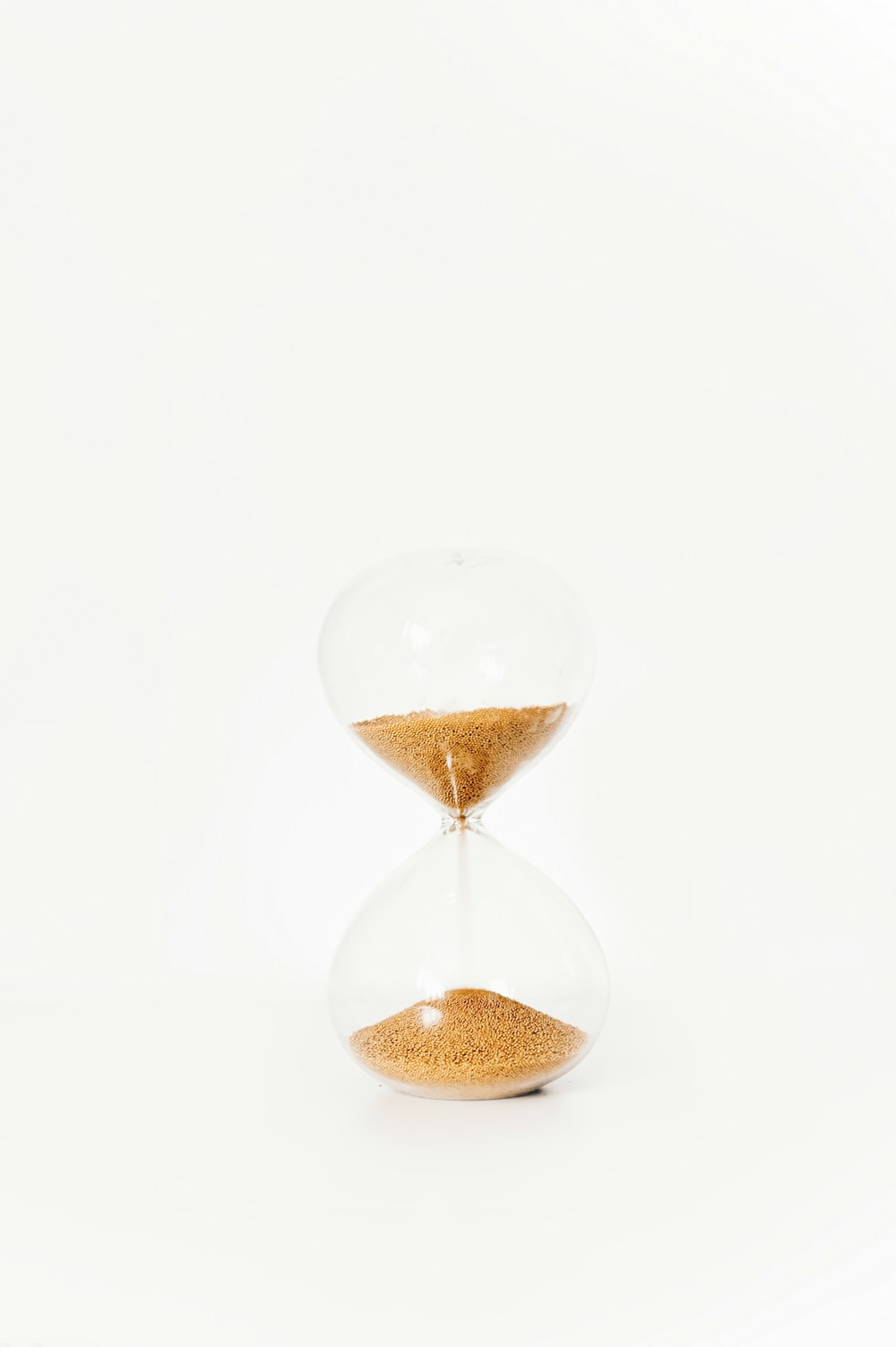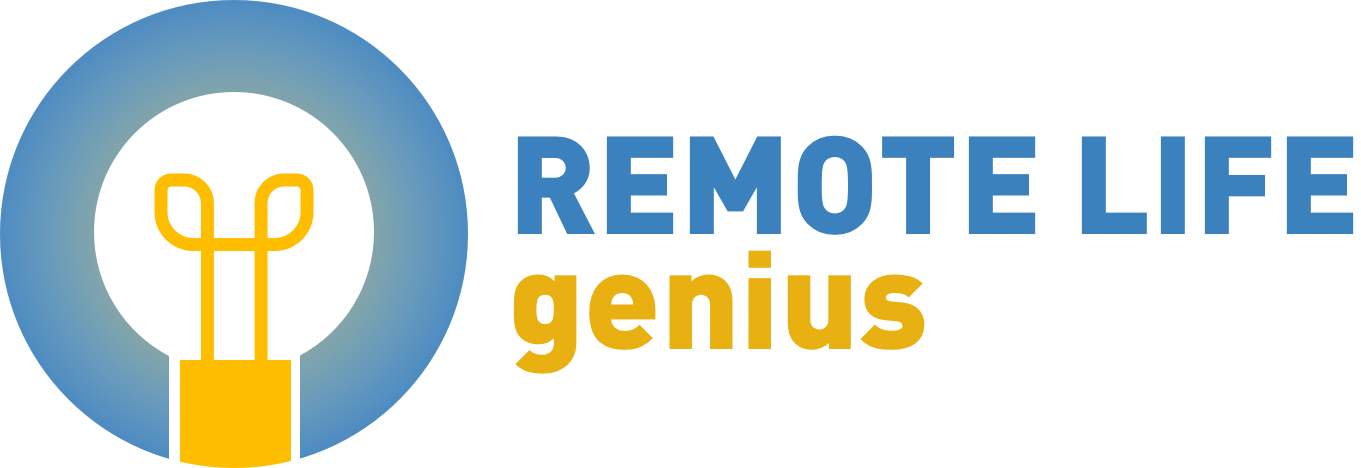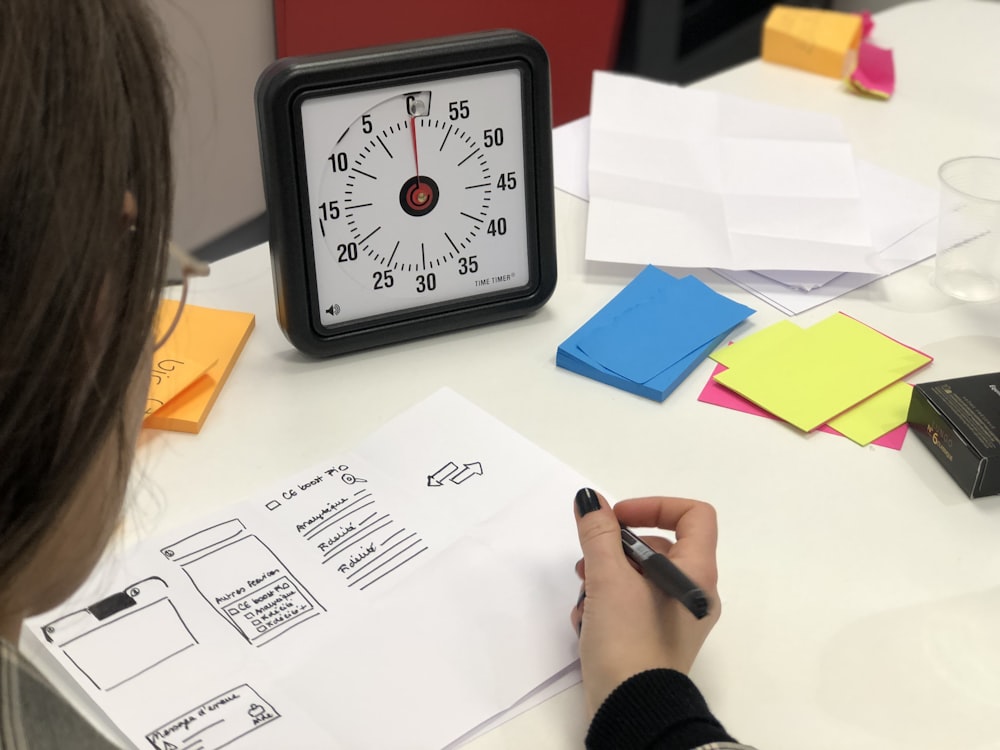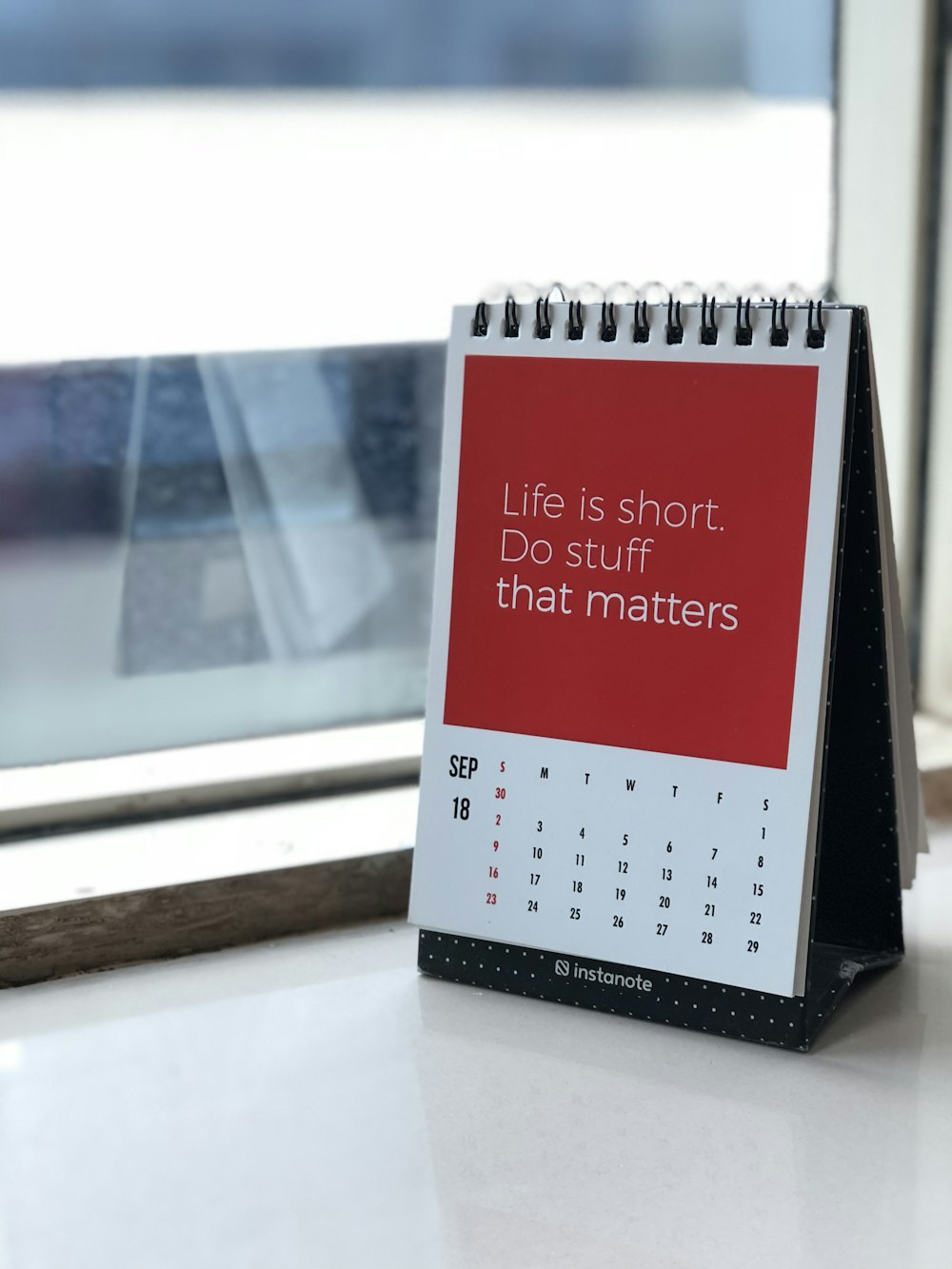There are thousands of articles listing different hacks to make you more productive. But the problem is that productivity is often misunderstood. Every day, people mistake being busy for productivity. As such, people may feel productive, and even overwhelmed, but they’re not accomplishing much.
So, how do we tell the difference between being busy and being productive? It’s simple. Take a closer look at the words themselves. The idea of productivity is based upon the word produce. If you have had a productive day, you will have produced something. To put it another way, you will have something to show for all of your work.
In the age of instant communication and technology that gives us access to work everywhere, it’s easy to focus on appearing busy rather than producing quality output. This article will help you move away from “appearing like you’re working” and towards the habit of producing something every day that moves you forward.
We’ll walk through prioritization, the proper use of to-do lists, time blocking, planning, and removing distractions. By the end, you’ll have the knowledge and the tools to guarantee that you can be productive, not just busy.
Page Contents
Finding Your Priority Work
 Gary Keller and Jay Papasan were exploring what sets apart truly, massively successful individuals. And they found that there was one thing all successful people have in common, and it wasn’t talent or money. Rather, it was the ability to ruthlessly prioritize. In their book, The One Thing, they claim that“Success is about doing the right thing, not about doing everything right.”
Gary Keller and Jay Papasan were exploring what sets apart truly, massively successful individuals. And they found that there was one thing all successful people have in common, and it wasn’t talent or money. Rather, it was the ability to ruthlessly prioritize. In their book, The One Thing, they claim that“Success is about doing the right thing, not about doing everything right.”
This article covers some of the main themes of the book, but if you want more in-depth insights on prioritization, I highly recommend reading “The One Thing”. The book illuminates the various obstacles we all face on the road to success and the common beliefs that keep us focused on the wrong things.
Ultimately, your ability to be productive starts with your ability to identify the right priorities. You have to identify the actual work that you want to accomplish in order to do it. Now, to get away from the trap of “being busy”, ask yourself this question:
Asking the Right Questions
“At the end of the workday, what do I want to be able to show for my time? What output will make me feel like I did good work?”
Too often we start our days without priorities, and we are quickly swept up in emails, requests, and distractions. By the end of the day, we’re tired, but we don’t have anything to show for our work. We may even wonder, “Where did the time go?” “How was I busy all day, but I got nothing done?”
If you don’t prioritize, most of your days will feel like this. The good news is that prioritization is a skill. It can be learned and improved with regular practice. So, before you start your day, make sure you ask yourself the right questions before jumping into busywork.
And remember, if you have ten priorities, you’re not prioritizing. Challenge yourself to get to a single priority for each day. Ask yourself the following questions to help narrow it down:
- “Which items on this list are busywork?”
- “If I only had two hours to work today, what would I do?”
- “Which task is most important in growing my business?”
Re-Doing Your To-Do Lists
Once you learn to ask the right questions and identify what you need to do each day, it’s time to reassess how you accomplish your work. If you’re like most people, your to-do list might have anywhere from 5 – 15 tasks on it. And there’s no telling which tasks are more important than the other.
Are you starting to see the problem?
Many non-priority tasks turn into time-wasters and distractions from the priorities you identified in step one. With this in mind, let’s look at how to create an effective to-do list.
Your to-do list should be the list of things that you are committed to accomplishing that day. Yes, your to-do list is based only your priorities. It will only be one to three items long. It may just be your one priority, or it could be your one priority broken down into a couple of steps.
Keep it short and simple.
Once you have completed your priority work, you can move on to other tasks. If you’re uncomfortable with a short to-do list, try creating two lists. One is your to-do list (the items you commit to) and one is a reminder list (non-urgent tasks that need to be done eventually.)
Time-blocking Your Time-Sucking Activities

They are dangerous because we can justify them and say, “Well, if I don’t send invoices, I won’t get paid.” And we slowly start letting less important tasks take up our time, and fall back into the trap of “busy.” Yes, these are necessary tasks, but they should never take away from your most important work.
In order to stay productive AND stay on top of your admin type tasks, you need to protect your productive time. And, one of the best ways to do this is by time blocking your admin tasks. What this means is that you can delegate specific days and times for communication and administration.
Communication
Let’s start with communication, as it is one of the easiest ways to fall off track and lose productivity. In order to stay productive, create one or two time blocks per day where you check your texts and email. Preferably, after you’ve had time to be productive. For example, you can check your email every day at 12:00 pm and 4:00 pm. This gives you enough time to respond within a reasonable time frame, while also saving your productive morning hours for important work.
Your clients and co-workers often make requests as if they are urgent. But the truth is, most tasks are not urgent. Even so, learning how to time block your communication can be a difficult thing to do. But, give it a week. Don’t open your email until noon. Most people don’t even notice.
Administration
Now, for administration tasks. Many of these tasks can be done in bulk, which means you can delegate them to certain days. For instance, you can send all of your invoices on Thursday afternoons. This way, you can work in batches and maximize your efficiency.
Timing Your Work
Humans are not built for hours of uninterrupted work. In reality, your brain needs to take periodic breaks in order to recharge. According to a study cited by Time and Business Insider, the ideal break time is 17 minutes off for every 52 minutes worked. This means that our brains can focus well for roughly an hour before it starts to lose focus. At that point, it’s best to take a break and allow your mind to refresh for the next hour of productivity.
This study gives ideal times to the exact minute, but it can be generalized down to one hour of work followed by fifteen to twenty minutes of rest. By taking breaks at the right time, your brain will be able to focus for more hours out of the day.
Be that as it may, taking breaks is easier said than done. So it’s especially important to make sure that you can time your work and commit to taking breaks. And yes, we suggest an actual timer. Using a kitchen timer (or any other analog timing devices) helps you track your time without any distractions. Otherwise, you can use TimeandDate.com’s timer or your phone timer, as long as you aren’t tempted to check other apps or sites every time you set your timer.
Taking Real Breaks
During your allotted work time, you want to be doing 100% focused work. The timer reminds you that there’s a limit on your work time, so it can help you focus more. In like manner, your break time should be fully work-free. The goal of taking breaks is to let your mind recharge, and in order to do that, you have to mentally disengage from any type of work.
A true break does not mean responding to client emails. Try and find activities that allow your brain to disconnect and relax. For instance, you can take a walk, stretch for twenty minutes, call a friend, read some news stories, or get yourself a snack. All of these options can refocus your brain on more relaxing and less demanding tasks. The better you are at relaxing your mind during breaks, the more focused you’ll be when you return to your work time.
Like any other time blocking, it takes a while to get used to taking breaks at work. We often feel guilty or restless, and we’re tempted to jump right back in. However, doing so will just hurt your overall productivity in the long run. Try and commit to taking scheduled work breaks every day for two weeks, and then see how you feel at the end of it. The results may surprise you!
Plan Your Weeks and Months
In order to make sure that you create meaningful output every day, it’s important to know what your long term goals are. This way, you know how everything you’re working on is growing your business.
When you know how your daily output affects your weekly and monthly goals, you’re less likely to give in to busywork.
If you’re used to being busy, then productive work is going to feel slow at first. You may feel like you’re actually getting less done. And, in a way, you are. You’re getting fewer unimportant things done. While, on the other hand, you’re also getting more truly important work done.
Take time at the beginning of each week and each month to set mid-range priorities. By doing this, your daily priorities will start to become crystal clear. Additionally, your ability to stay focused on your daily priorities will increase as well. How so? Take a look at this example.
Let’s say you need to submit a project proposal, deliver finished work, and research new potential clients all in one month. So, you plan your month out and delegate each task to its own week.
The proposal is due at the beginning of the month, so it is a top priority. Your work for existing clients is due the second week, so it’s next. And finally, you can research new prospects after you’ve completed your existing work. So, you have monthly priorities and weekly priorities.
Now, for example, it’s early in the month. When you know your priority is to create a proposal, you focus on this 100%. That’s because you aren’t distracted and worried about getting new clients, since you know that you will be focusing on that at the end of the month. In other words, you’ll spend less time worrying and questioning if your daily priorities are the right ones, because you know the big picture.
Remove Distractions
Almost every article about productivity mentions distractions. It’s important, but it’s not new information, and that’s why we include it last. If you want to be productive, you need an environment with minimal distractions. To put it another way, your workspace needs to work for you, and not against you.
One of the top distractions of any workplace is other people. You may find that your interruptions happen in person or via phone calls, emails, and texts. Either way, you need to create and communicate your boundaries if you want to be productive.
If you are working in a shared space (home or office) try and find a room that’s your own. And, if you can’t, find a way to signal your working time to others. This might mean closing a door, putting in headphones (even if you’re not playing music), or even having an “in focus mode” sign on your desk.
If you are alone in your space, it’s much easier. Turn off your notifications and only check calls, emails, and texts during your delegated communication time. It’s best to keep your phone in another room, but you can also keep it in a drawer or at least face down on your desk.
Other Common Distractions
Another common distraction trap is the internet. You go to google one fact, and suddenly, you’re either on Facebook or down some internet rabbit hole. The problem with using the internet is our favorite distractions turn into muscle memory for us. That is to say, you likely type in “Facebook” or “Medium” without even knowing it. So, if you can, turn off your internet connection while you’re in deep work. At the very least, make sure to turn off your computer notifications.

If you want to take a deeper dive into setting up your environment for success, check out our Ultimate Work From Home Guide.
In Conclusion
Much of our “work conditioning” these days revolves around appearing busy, and less so about producing good work. So, if you truly want to be productive, you have to unlearn some bad habits.
Being productive isn’t about filling every second of your day with work tasks. It’s about checking off the important tasks off your list day after day. Given that, prioritization and productivity go hand in hand. In fact, if you don’t have priorities, it won’t matter how productive you are.
Once you learn how to prioritize well, all you need are some simple tools to hold yourself accountable. If productivity doesn’t come naturally to you, don’t worry. It’s a skill like anything else and can be learned. And remember, if you’re used to being “busy”, then flipping the switch to being productive is going to feel unnatural and uncomfortable at first. But if you stick with it you’ll be shocked by how much meaningful work you can accomplish day after day.





